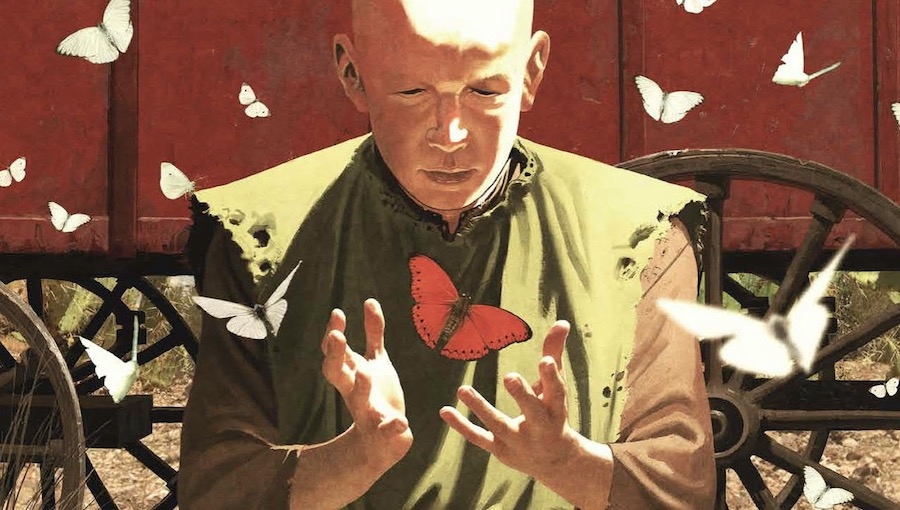Watching or reading Alejandro Jodorowsky’s work is an experience for the soul, acting as a meditation for the transcendence of ourselves. His audience is constantly asked not to trust him, but to believe in him. He explores the occult, Jungian philosophy, and the esoteric; however, an undeniable consideration of El Topo involves the sexual assault that occurred between Jodorowsky and The Woman’s actress, Mara Lorenzio, which may have brought about her decision to not continue an exploration of her talents. While Jodorowsky has gone on record saying that the act was merely “surrealist publicity,” it has required consideration in how an audience views Jodorowsky’s work.
Ironically, the long-awaited sequel to El Topo, The Sons of El Topo, explores the corollary themes of the mistreatment of women within the second volume. The first pages display Cain allowing for the rape of a character to occur; however, men are unable to defile her. This appears to be a consistent thematic approach for El Topo. It’s the idea of men believing themselves to be owed something for their acts of kindness.
This narrative shows the obvious, yet subtle, ways men have problematic ills towards women. One brother, Cain, is outright misogynistic, calling women whores and ignoring their rape. The other brother, Abel, is portrayed to be some sort of savior for women; however, he himself does this kindness out of a desire for them to reciprocate his feelings. In many ways, the hope is that this artist is passing along a better message to people, illustrating the dangers of toxic masculinity.
In every way, this book displays each panel as its own canvas through the work of Ladrönn. His line work paired with colorist Hugo Sebastian Facio offers the flare of an oil painting with each page. More so, he provides a depth of nuance of subtle realism with Jodorowsky’s surreal flares.
Yes, the display of women here is contrived and worrisome, but, in truth, this illustrates the lessons that El Topo sought to tell. It’s the search for enlightenment, not just in narrative, but in our internal selves. While Jodorowsky doesn’t preach his lessons, he shows the failures of these protagonists. The search for purity and holiness isn’t one that allows for the pain of others.
Creative Team: Writer: Alejandro Jodorowsky, Illustrator: Ladrönn, Colorist: Ladrönn & Hugo Sebastian Facio, Trasnlator: Edward Gauvin, Letterer: Deron Bennett
Publisher: Archaia, a division of BOOM! Studios
Click here to purchase.

